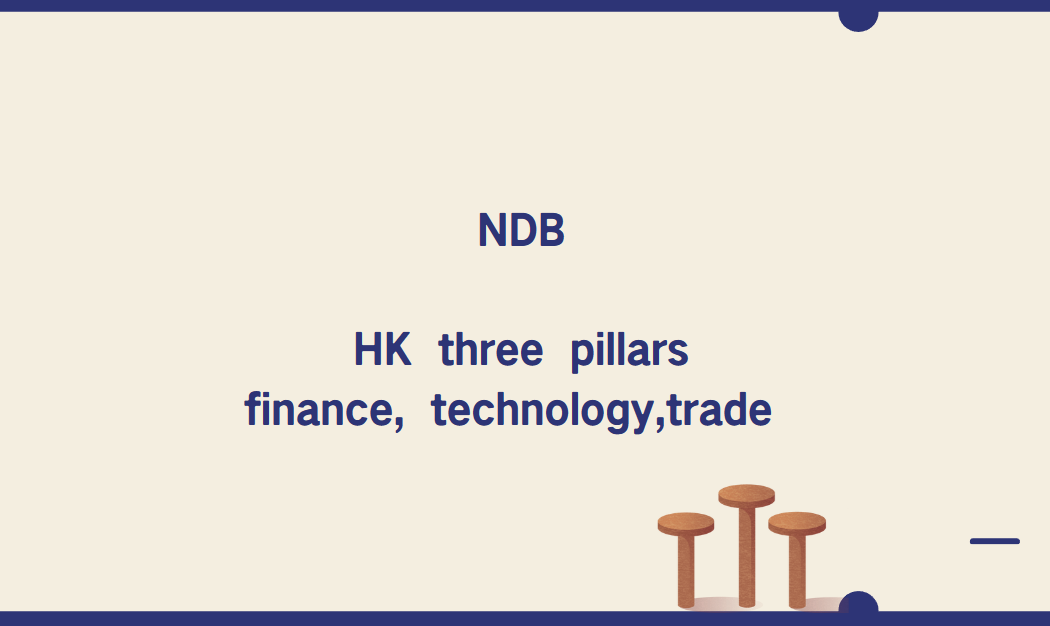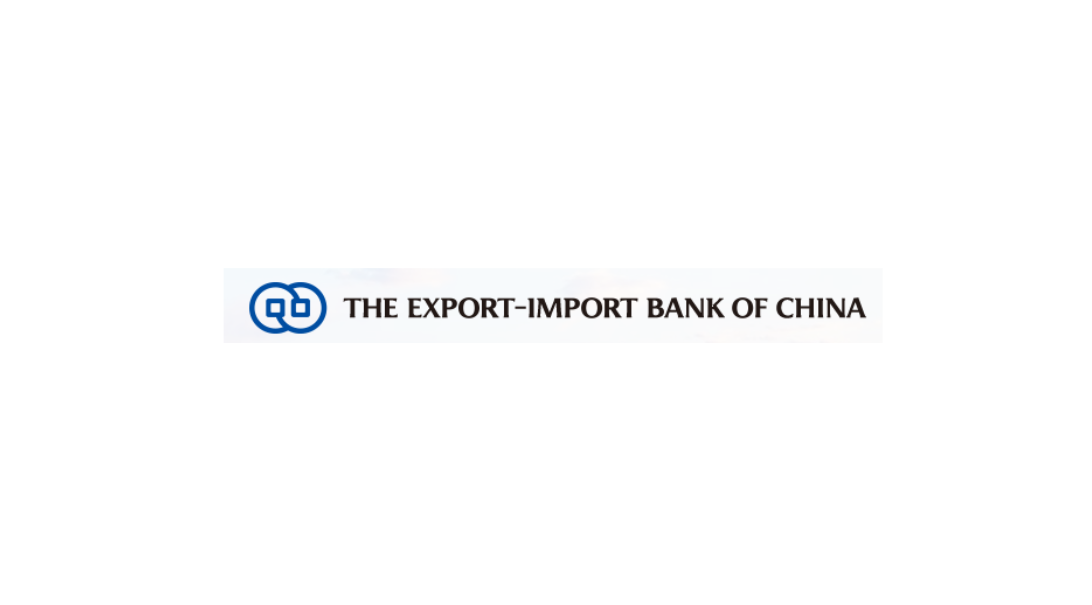Meaning, implications of rising tide of de-dollarization
"Every night I ask myself why all countries have to base their trade on the dollar. Why can't we do trade based on our own currencies? Who was it that decided that the dollar was the currency after the disappearance of the gold standard?"
That was part of the speech that Brazil's President Luiz Inacio Lula da Silva delivered at the New Development Bank in Shanghai, during his four-day State visit to China in April.
Lula's frank observations were made amid the rising tide of de-dollarization, which is especially true in recent years when the US dollar has become more volatile amid rising interest rates in the United States and more drastic fluctuations of commodity supplies and prices.
The fact that the US government has frequently used the greenback as a weapon to impose sanctions on other countries has also raised worries in the international market, enlarging the de-dollarization camp.
At the same time, China has signed agreements with a large number of economies aiming to realize economic and trade settlements in local currencies or the Chinese renminbi. A question has been thus raised: is it possible for the RMB to challenge the US dollar's dominant position, given that China is already the world's second-largest economy?
History may offer some clues. The US overtook the UK in terms of GDP size as early as in 1872. But it was not until 1950 that the British sterling pound started to give way to the greenback, in terms of international settlements and central bank reserves. It took another two decades to set up the second-generation Bretton Woods System under which the US dollar was linked to oil.
In other words, the rising position of a currency takes years and the growth trajectory of a currency's international importance is not linear.
At present, the Chinese yuan still has much room to catch up. Whether it is measured by global payments or central banks' foreign exchange reserves, the top positions are still held by the US dollar and the euro, which take up about 80 percent of the market share in both payments and reserves. Although the RMB has been enlarging its presence in the global market faster over the past few years, it still accounts for only about 2 percent of payments and reserves.
Of course, the greenback's hegemonic position has been kind of challenged over the past two decades, which can be partly proven by the value of US Treasury bonds held by different entities.
While the total value of the US Treasury bonds was about $10 trillion in 2009, up to 30 percent of that was held by foreign institutions, most of which were central banks.
Now, although the value of US Treasury bonds has topped $30 trillion, foreign institutions hold less than 20 percent of it.
The incremental part has been mainly purchased by US institutions, retail investors and most importantly, the US Federal Reserve, indicating the declining position of the greenback.
But still, for the sake of trade stability, healthy economic growth and even security in a broader sense, economies are looking for more alternatives to payments in the US dollar in some areas. And that is one major reason for the RMB to advance its internationalization.
Transfers and settlements in world trade are all made via the Society for Worldwide Interbank Financial Telecommunication, or SWIFT, an organization headquartered in Brussels, but many allege that it is actually controlled by the US.
Meanwhile, China's growing economic size makes the rise of the RMB in global markets logical.






















































First, please LoginComment After ~